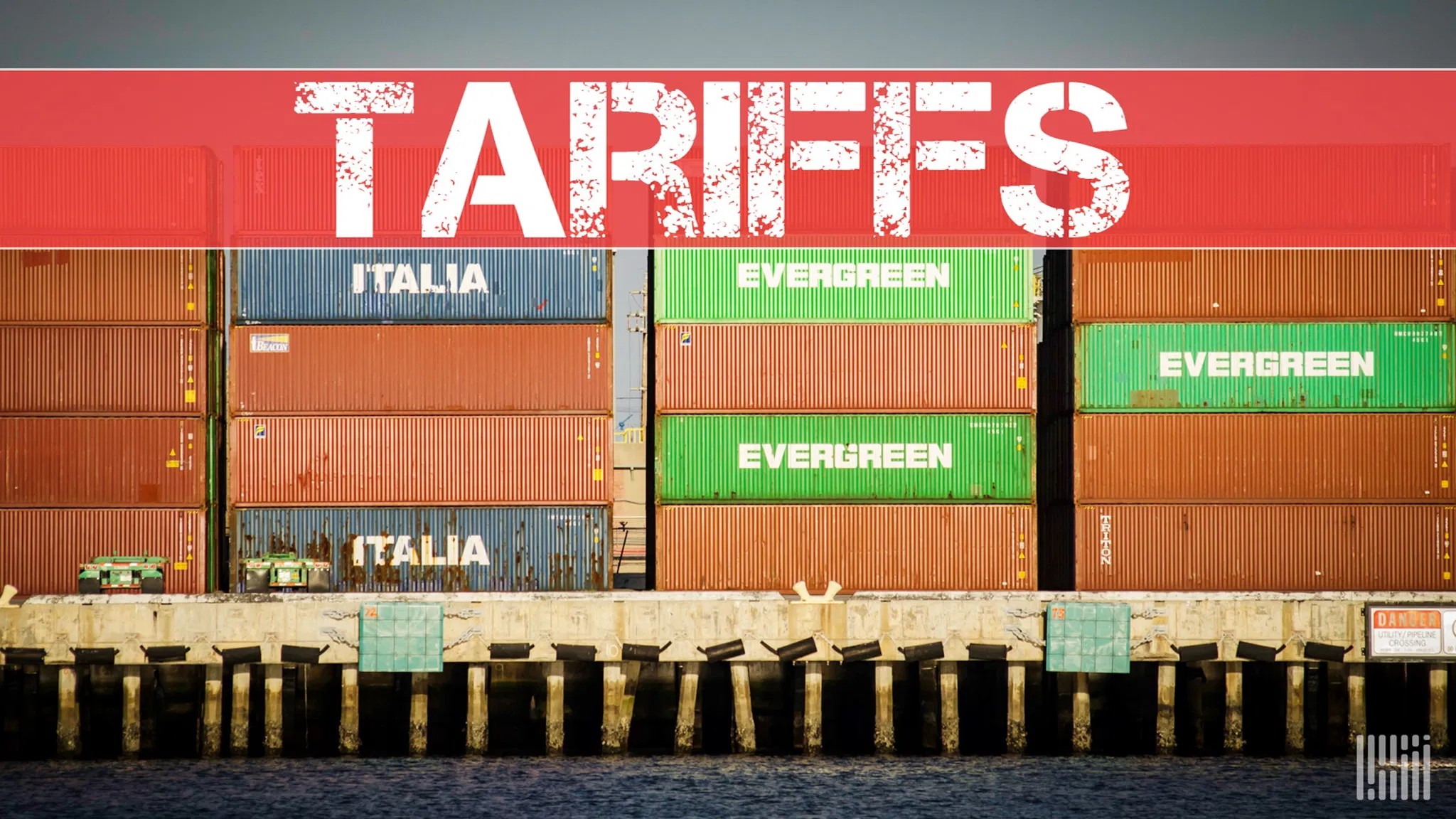
The proposed 25% duty on imported medium- and heavy-duty trucks, Schaffer said, could squeeze smaller carriers and complicate fleet replacement cycles already slowed by excess capacity and high financing costs.
“I think this whole thing was somewhat expected just because they did the Section 232 investigation,” Schaffer said. “My policy analyst just made the comment that we’re actually still waiting for a signed executive order with all the details of exactly what, on the ground does this really mean?”
Manufacturers brace for the ‘new normal’
At Fictiv executives are seeing similar confusion among customers trying to plan around shifting duty rates.
“We see [tariffs] as the new normal,” said Vinny Licata, the company’s head of logistics and import compliance. “What we’ve done is we’ve actually put on our platform, provided our customers with more transparency on what the duty cost rates will be.”
San Francisco-based Fictiv offers on-demand procurement services for custom mechanical components parts for the U.S. manufacturing industry. The company has production operations in the U.S., China, India and Mexico, with a total of 400 employees.
Fictiv’s platform has the capability to quote live duty rates and provide real-time cost visibility as tariffs fluctuate between 15% and 50% depending on product category or country of origin.
That transparency, Licata said, is critical as manufacturers weigh whether to relocate production.
“Once you start production in a region, you can’t just move it easily,” he said. “We’re helping customers understand the cost implications before they make that commitment.”
Nearshoring gains traction, but challenges remain
Fictiv continues to see growth in domestic and nearshoring activity as firms look to hedge geopolitical risk, Licata said.
Mexico operations, Licata said, are expanding under the United States-Mexico-Canada-Agreement (USMCA) framework, with several customers shifting production south of the border.
Larger firms such as Eli Lilly and Fujifilm can more easily absorb costs and invest in U.S. facilities, but smaller and mid-sized manufacturers remain under pressure.
“You’re going to see more manufacturing come back to the U.S.,” Licata said, “but it’s not going to look like the old days — it’ll be advanced, automated, and technology-driven.”
Data visibility becomes the new competitive edge
Schaffer agrees that technology and data-driven visibility will be vital. Breakthrough’s clients are leaning heavily on lane-level pricing analytics and sustainability metrics to find efficiencies amid cost pressure.
“It’s all about using data to make smarter decisions, whether that’s switching modes, reducing empty miles, or identifying alternative fuels that deliver cost parity,” Schaffer said.
For now, both executives see 2026 shaping up as another year of slow freight growth and steady but modest rate increases —roughly 2% to 3% — as tariffs, tight margins, and policy uncertainty continue to test the industry’s resilience.
“Until we get more definitive information and clarity,” Schaffer said, “companies will keep doing what they’re doing — trying to hold steady and control what they can.”